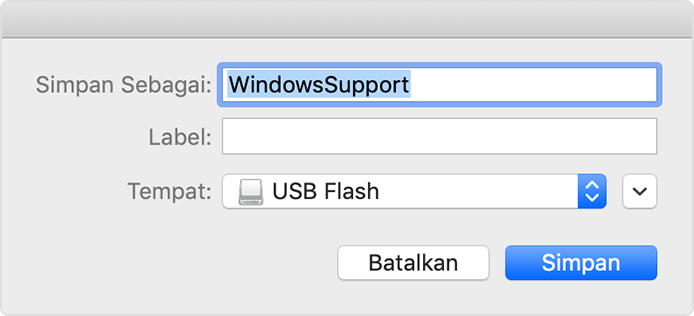

- #Mac disk support for windows how to
- #Mac disk support for windows install
- #Mac disk support for windows windows 10
- #Mac disk support for windows software
There is nothing to launch or learn, MacDrive makes Mac disks look and act just like any other disk on your PC. Once you plug in your Mac disk, behind the scenes MacDrive works to seamlessly enable Windows understand HFS+ disks and allow you to read and write to the disk. To get updates on the latest tech news, smartphones, and gadgets, follow us on our social media profiles.Simple and easy to use, MacDrive is recognized as the leader for accessing Mac disks from Windows for almost 20 years. More Mac stuff can be found here – Mac tutorials, guides, tips, tricks, and hidden features. It is recommended to format the drive in the exFAT system to get things easier, this helps if you are using the drive frequently on both the systems. In the end, it’s now possible to use the Mac drive on Windows, although not in a straightforward way, you may end up using the apps for file transfers or unlikely buying out softwares. You can either save the money if you are just copying the data or get the write access with system-wide integration for a mere cost.
#Mac disk support for windows software
The only downside is that this software is not free, you will spend about $19.95 for it, however, the good part is it offers a 10-day free trial to give it a try.
#Mac disk support for windows install
#Mac disk support for windows windows 10
To read drives formatted in Mac on your Windows 10 PC, here’s what you need to do, just follow these simple steps.
#Mac disk support for windows how to
How To Read Mac’s UFS Drive On Windows 10 If you are trying to use a drive formatted in Mac on Windows 10, it’s possible. The macOS Extended (HFS+) is a file system used by Mac and it can only be read by default in Mac systems, unlike Windows.

The UFS+ is the file system by Apple’s Macintosh and if you are using a Mac-formatted drive on your PC, chances are it’s not readable by Microsoft Windows 10. It’s easier for your PC to read NTFS (Windows file system) and FAT32/exFAT, however, the Windows 10 can’t actually read drives formatted in other file systems that are likely coming from Mac (HFS+) or Linux (ext4). By default, your Windows PC can’t access the drives that are formatted in the Mac file system.


 0 kommentar(er)
0 kommentar(er)
